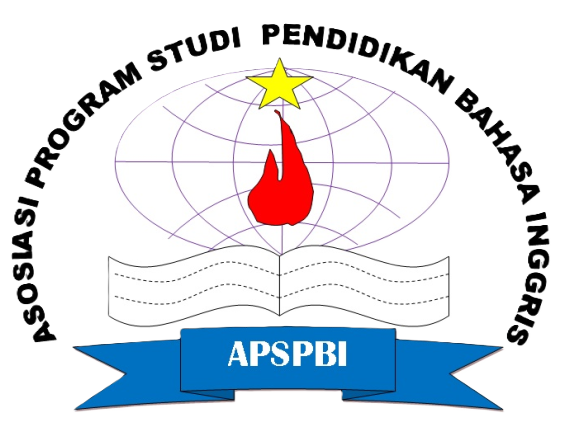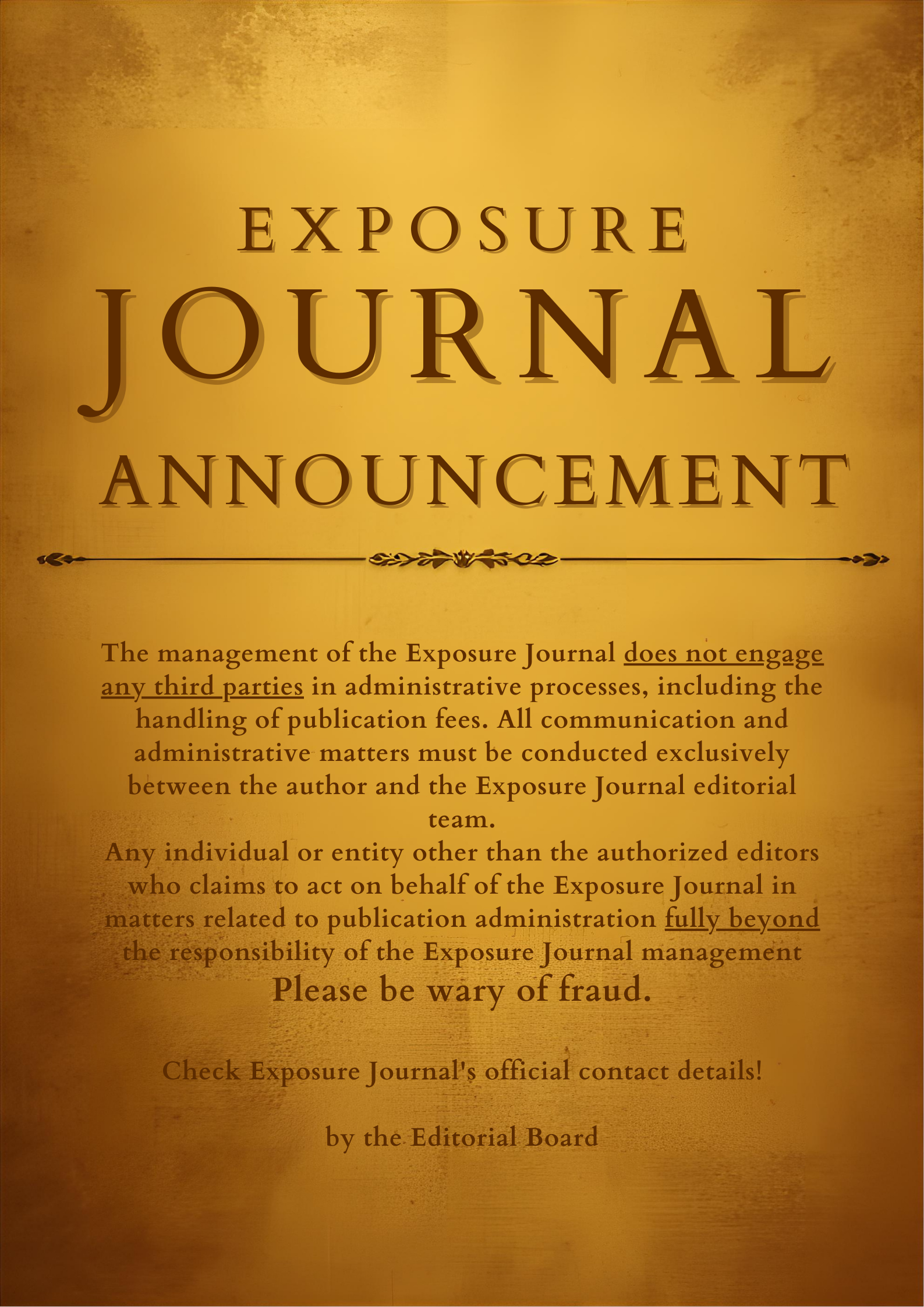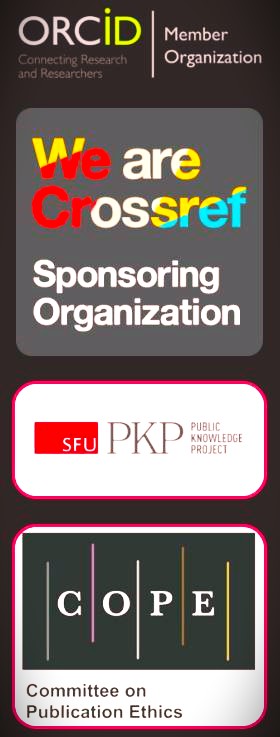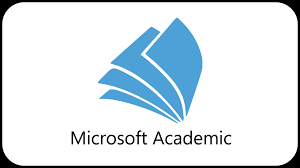CODE-SWITCHING BETWEEN THE TEACHERS AND THE STUDENTS OF THE CONVERSATION
DOI: https://doi.org/10.26618/exposure.v5i2.846
Abstract
This research aimed to describe code switching who used by the Teachers and the students especially kinds and functions to contribute to the interaction in conversation in the classroom. Codeswitching is an alternate use of two or more languages in the same utterance or conversation in a bilingual or multilingual conversation. Previous research has established that code-switching can be interpreted as a resource for bilingual or multilingual children to accomplish specific communicative goals. However, code-switching in educational settings has not been welcomed. Previous research has reported that code-switching in an educational context is considered as a deficit of interactional skills. To describe the functions, the researcher used a descriptive research which was conducted observation and interview. The location of this research was taken from the eighth-grade students of SMAN 1 Tombolo Pao, Gowa Regency with a number of the subject were 2 teachers and 36 students. The research findings of the study showed that teachers do code-switch in the conversation in the classroom, despite their claim that they do not. The English teachers used English and Indonesian. The English teachers made code switching for (1) to make questions, (2) unpleasant feeling, (3) to strengthen request or command, (4) repetition used for clarification reiteration of a message, (5) to give advice, (6) to create humor. And the students' used code switching to made they are easy to speak English and easy to understand what they want to say. Switching from English to Indonesian or other languages can also be employed as the communication strategy in English conversation classroom. The English teachers employ code switching to minimize either student's miscomprehension on the lesson or students’ difficulties in understanding the English lesson given by the English teachers in the classroom.
Keywords: Code Switching, Teacher and Students Conversation
References
Ade Irawan. 2010. The Factorsthat Cause Student’s Dificultiesin Comprehendthe English Reading TextoftheEight Year Studentof theState Junior High School 1 of Pagaralam. Thesis: The Universityof PGRI Palembang.
Alcnauerová, Z. (2013). Code-switching and Code-mixing as Persuasive Strategies in Advertising. Thesis:The University of Masaryk. American.
Al-Hourani, A., & Afizah, N. (2013). Code-switching in Daily Conversation. International Journal of Social Science and Humanities Research (IJSSHR):University Sains Islam Malaysia. Malaysia. (online) Vol. 1, Issue 1, pp: (40-43), Month: October-December 2013,Retrieved from www.researchpublish.com. Accessed on July 28, 2014
Angraeni, P. (2007). Audio Lingual Teaching as an Alternative Method in Teaching Speaking. Thesis:Faculty of Language and Art Semarang State University, Indonesia.
Auer P.1999. Code-switching in Conversation. New York:Routledge.
Doley, Rajeev K. 2013. Journals: Code-Switching At The Market Place: The Trader’s Tool. Tezpur University, Assam, INDIA. (online) Retrieved from www.ajssh.leena-luna.co.jp accessed on May 28, 2014
ajssh.leena-luna.co.jpw.ajssh.leena-luna.co.jp
Fraenkel, and Wallen. 1990. How to Design and Evaluate Research in Education. America:Mc Graw-Hill, Inc.
Gordon M, and Lesley. 2003. SOSIOLINGUISTIC Method and Interpretation. Australia: Blackwell Publishing.
Heriyanto. ( 2013). Paper :Code-switching as the Positive Politeness Strategies in Indonesian 4th Grade Students’ Conversation.(online) Vol.3, No.22, 2013. Retrieved fromhttp://www.iiste.org/journals/accessed on May 28, 2014
Ibrahim Engku, H. (2013). Code-Switching in English as a Foreign Language Classroom:Teachers’ Attitudes. Journal English Language Teaching; Vol. 6, No. 7; 2013: International Islamic University Malaysia, Malaysia: Canadian Center of Science and Education. (online) Retrieved from http://dx.doi.org/10.5539/elt.v6n7p139. Accessed on July 28, 2014
Inuwa, N. (2014). Factors Motivating Code Switching Within the Social Contact of Hausa Bilinguals. IOSR Journal Of Humanities And Social Science (IOSR-JHSS): University Utara Malaysia. Malaysia. (online) Volume 19. Retrieved fromwww.iosrjournals.org Accessed on July 28, 2014
Margana. (2012). Code Switching in English Teaching Process at Senior High School in Yogyakarta Special Province. Thesis:The University of Gadjah Mada Yogyakarta.
Mati, X. (2013). Assessment, Technology and education Evaluation (ATEE) :Using Code Switching as Strategy for Bilingual Education in the Classroom.(online)Retrieved from (https://www.google.co.id)
McCathy M. 1991. Discourse Analysis for Language Teachers. New York: Cabridge University Press.
Mujiono. (2013). Code Switching in English as Foreign Language Instruction Practiced by the English Lecturers at Universities. International Journal of Linguistics ISSN 1948-54252013, Vol. 5, No. 2.
University of Surakarta. Indonesia. (online) Retrieved from URL: http://dx.doi.org/10.5296/ijl.v5i2.3561. Accessed on July 02, 2014.
Lee, Wona. 2010. Codswitching as a Communicative Strategy in aKorean
Heritage Language Classroom. Thesis:San Diego State University. San Diego.
Pei-Shi, W. (2013). Articles: Code-switching as a strategic use in an EFL classroom in Taiwan. The university of Tamking. Taiwan. (online) Retrieved from https: //www.researchpublish.com. Accessed on July 02, 2014.
Purniati. (2006). Effectivity of Contextual Instruction With Cooperative Approach In Increasing The Students Conversation Abilityof MTs DI PI At The First Class. Thesis:The Universityof PGRI Pasuruan.
Rebekah M Donals. 2011.Teaching Foreign Language Conversation: a Conversation Norms Approch. Thesis: Faculty of California State University, Chico (online)Retreieved from http://www.teslej.org/wordpress/issues/volume8/ej30/ej30a3/.Accessed on May 28, 2014
SertO . 2005.The Internet TESL Journal: The Functions of Code Switching in ELTClassrooms(online) Vol. XI, No. 8, August 2005, Retreieved from http://iteslj.org/Articles/Sert-codeswitching. html.Accessed on May 28, 2014.
Teik Cheng, O. (2013). A Preliminary Study of Teacher Code-switching in Islamic Education Instruction. Article the English Teacher Vol. XLII (1) April 2013: Nanyang Technological University, Singapore. Singapore. (Online) Retrieved from www.iosrjournals.orgAccessed on July 28, 2014.
Downloads
Published
How to Cite
Issue
Section
License
Authors who publish with this journal agree to the following terms:
In order to assure the highest standards for published articles, a peer review policy is applied. In pursue of the compliance with academic standards, all parties involved in the publishing process (the authors, the editors and the editorial board and the reviewers) agree to meet the responsibilities stated below in accordance to the Journal publication ethics and malpractice statement.
Duties of Authors:
- The author(s) warrant that the submitted article is an original work, which has not been previously published, and that they have obtained an agreement from any co-author(s) prior to the manuscript’s submission;
- The author(s) should not submit articles describing essentially the same research to more than one journal;
- The authors(s) make certain that the manuscript meets the terms of the Manuscript Submission Guideline regarding appropriate academic citation and that no copyright infringement occurs;
- The authors(s) should inform the editors about any conflict of interests and report any errors they subsequently, discover in their manuscript.
Duties of Editors and the Editorial Board:
- The editors, together with the editorial board, are responsible for deciding upon the publication or rejection of the submitted manuscripts based only on their originality, significance, and relevance to the domains of the journal;
- The editors evaluate the manuscripts compliance with academic criteria, the domains of the journal and the guidelines;
- The editors must at all times respect the confidentiality of any information pertaining to the submitted manuscripts;
- The editors assign the review of each manuscript to two reviewers chosen according to their domains of expertise. The editors must take into account any conflict of interest reported by the authors and the reviewers.
- The editors must ensure that the comments and recommendations of the reviewers are sent to the author(s) in due time and that the manuscripts are returned to the editors, who take the final decision to publish them or not.
Authors are permitted and encouraged to post online a pre-publication manuscript (but not the Publisher’s final formatted PDF version of the Work) in institutional repositories or on their Websites prior to and during the submission process, as it can lead to productive exchanges, as well as earlier and greater citation of published work (see The Effect of Open Access). Any such posting made before acceptance and publication of the Work shall be updated upon publication to include a reference to the Publisher-assigned DOI (Digital Object Identifier) and a link to the online abstract for the final published Work in the Journal.














